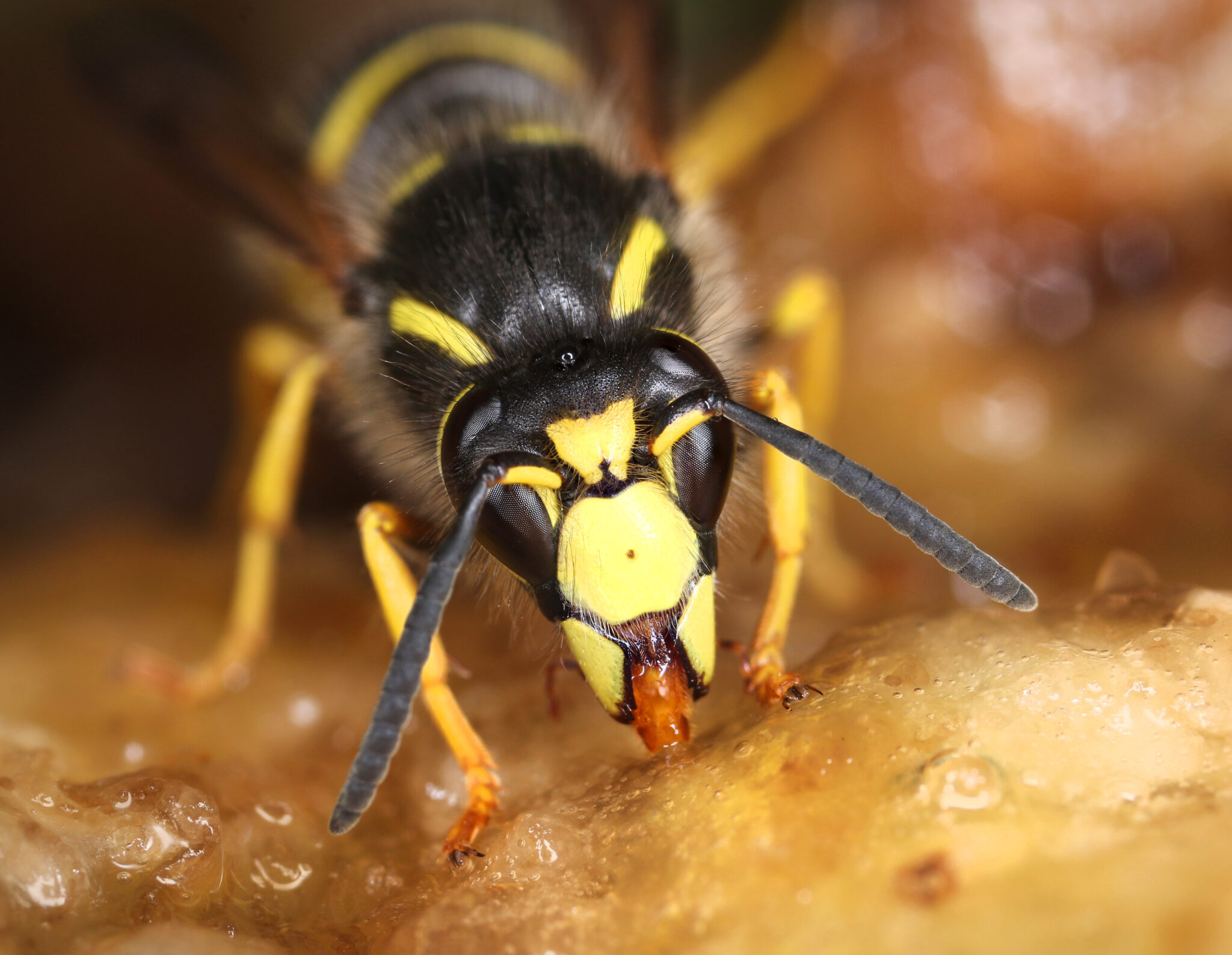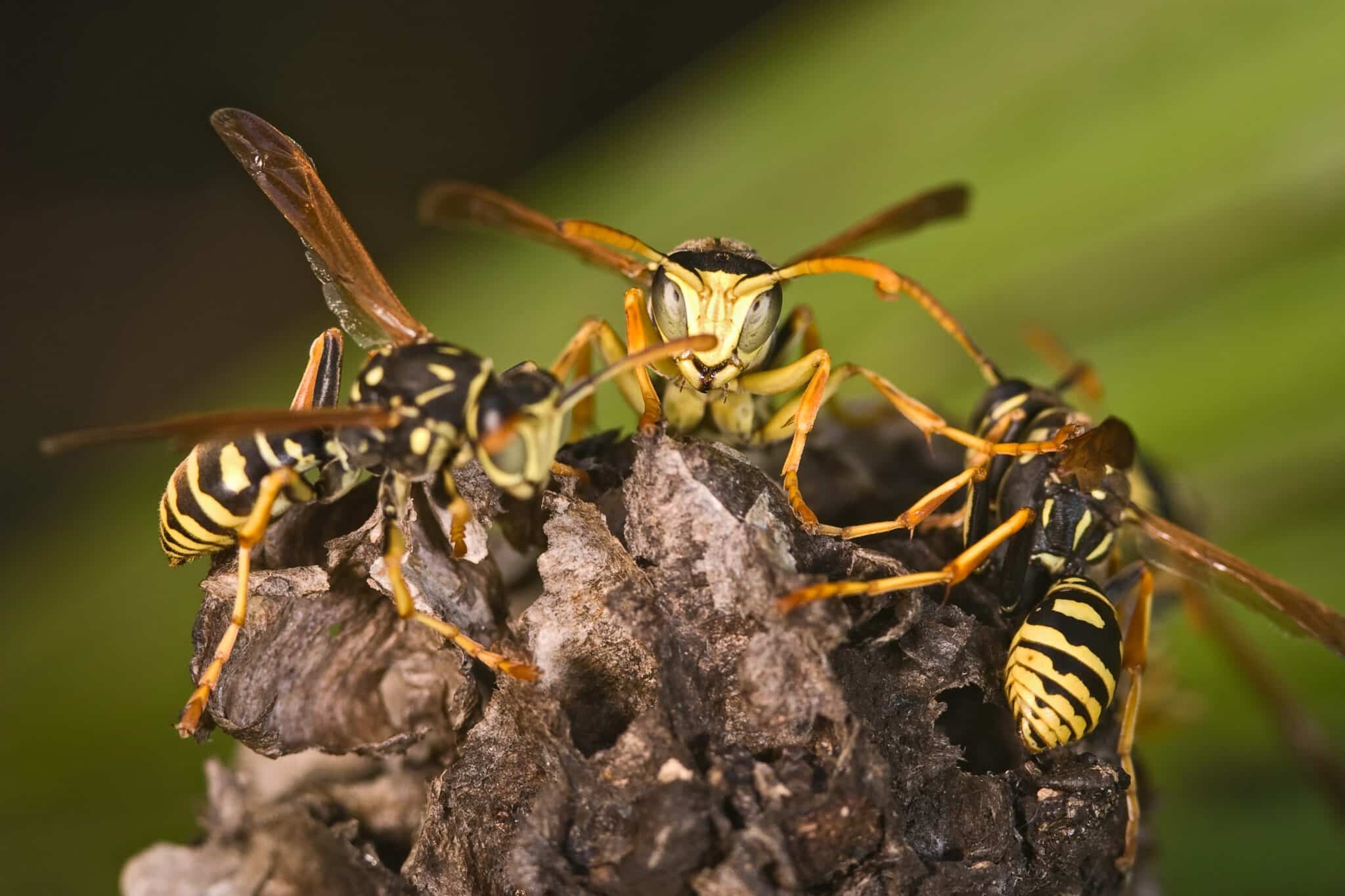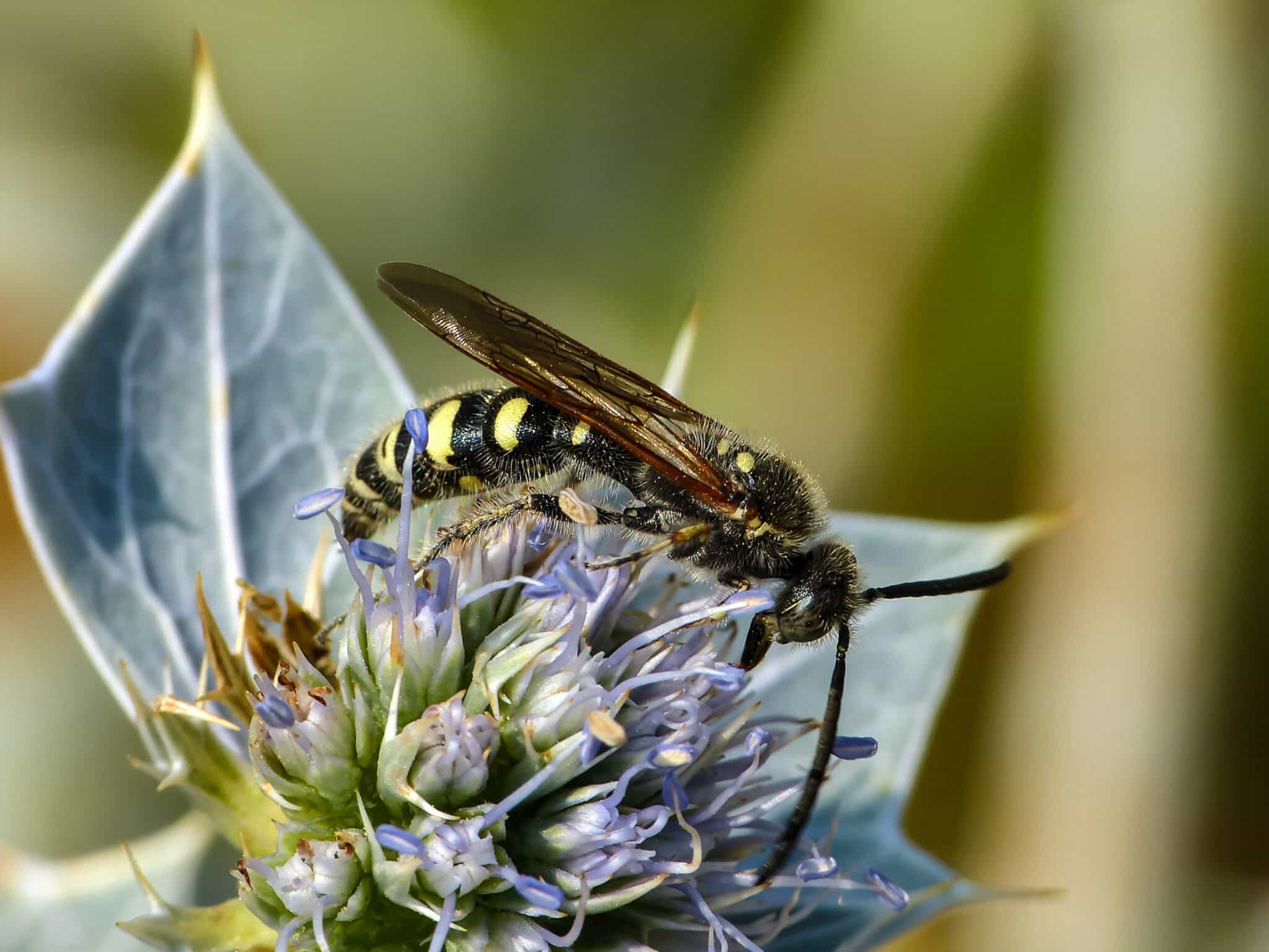Stop Trouble Before it Stings: How to Spot a Wasp Nest
It’s that time of year when wasps start making themselves at home, and if you live in Worthing or along the South East coast, your loft, shed, or even wall cavity might look like the perfect spot to build. Spotting the early signs of a wasp nest is key to preventing an infestation. Learning how to spot a wasp nest in its early stages can save you a world of trouble, not to mention a few painful encounters…
Stay Ahead of the Swarm
Nobody wants to discover they’re sharing their home with an army of wasps. Whether you’re in Worthing’s seafront properties or tucked away in the South Downs villages, early detection is your best defence against these uninvited guests. Wasps are remarkably industrious creatures. A single queen can establish a colony that grows from a few dozen workers in spring (a minor annoyance) to several thousand by late summer (a major problem).
Early in the season, worker wasps are focused on building and foraging. They’re generally less defensive and more interested in getting on with their work. As summer progresses and the colony grows, though, wasps become increasingly territorial and quick to defend their nest. This is a real safety concern, especially for children and pets. Unlike bees, wasps can sting multiple times and release pheromones that signal other wasps to join the attack.
A small nest with a few dozen wasps requires minimal intervention compared to a fully established colony housing thousands of worker wasps. Large infestations are significantly harder to remove. The geography of our area doesn’t help matters. Worthing’s mix of Victorian terraces, modern developments, and coastal gardens creates perfect conditions for wasp activity. The mild maritime climate means a longer active season. The key to peaceful coexistence (or swift eviction) lies in recognising the early signs of wasp nest activity before things get out of hand.

Early Signs of Wasp Nest Activity
Timing is everything when it comes to wasp control. What starts as a small, manageable situation in April or May can quickly escalate into a significant problem by August, when colonies reach their peak size and aggression levels. Identifying early signs of a wasp nest can:
- Reduce the risk of wasp stings and allergic reactions
- Prevent damage to your property
- Make removal simpler and more affordable
Increased wasp activity in a specific area is your first warning sign. If you notice wasps repeatedly visiting the same location (especially early in the morning or late afternoon), they’re likely establishing or building a nest nearby. This behaviour is distinct from random foraging and indicates purposeful, colony-related activity. Listen out for unusual buzzing or humming sounds, especially in enclosed spaces like lofts, wall cavities, ceilings, or shed roofs.
You might notice small amounts of chewed wood pulp or paper-like material. Wasps create their nests by chewing wood fibres and mixing them with saliva. Look for a grey, papery structure about the size of a golf ball (in the early stages). You can also keep an eye out for worker wasps carrying materials back to the nest site (most common in late morning and early afternoon).
Where to Look for a Wasp Nest
We’ve talked about the early warning signs of a wasp nest, but do you know where to look? Queen wasps emerge from hibernation in spring and begin scouting for suitable nesting sites. If you’re wondering how to spot a wasp nest, they prefer sheltered, undisturbed spots that offer easy access to the outside world.
Common wasp nest locations and hotspots:
- Lofts and attic corners
- Eaves, fascia boards, and loose roof tiles
- Garden sheds, garages, or outbuildings
- Inside cavity walls or roof spaces
- Under decking or in the ground (particularly in grassy gardens)
Coastal areas like Worthing, Brighton, and Hove are full of charming but slightly older housing stock – think timber soffits, weathered outbuildings, and garden walls – all prime real estate for nest-building wasps. These areas offer warmth, protection from the elements, and minimal disturbance. Properties near the seafront often experience more wear and tear, resulting in small gaps, loose panels, or damaged roofing that wasps exploit to gain entry.
Modern construction methods also sometimes create void spaces that are perfect for nest building. The area between external walls and internal insulation, particularly in properties built or renovated in recent decades, can house substantial colonies without obvious external signs. Ground nests in compost heaps, abandoned animal burrows, or overgrown garden areas are also difficult to spot and can be dangerous because they’re easy to disturb by accident.

What NOT to Do if You Suspect a Wasp Nest
Wasps are defensive. If you suspect a nest, here’s what you should definitely not do:
- Don’t block the entrance. This might seem like a quick fix, but wasps will chew through walls or find an alternative way out, potentially right into your living space.
- Don’t poke or prod the nest. Tapping, knocking, prodding, or poking a wasp nest is a surefire way to provoke an aggressive response.
- Don’t use DIY sprays. Off-the-shelf products rarely penetrate a growing nest. You’re more likely to anger the colony and provoke a swarm.
- Don’t attempt to remove a nest yourself. Even small nests can house dozens of wasps, and DIY removal attempts frequently result in multiple stings.
- Don’t “wait and see”. Colonies grow exponentially, and what seems manageable in May becomes a significant problem by July. If you suspect a wasp nest, early intervention is best.
- Don’t confuse wasps with bees. Make sure you’re not dealing with a bee species – Learn the differences between wasps and bees.
Wasps are dangerous when disturbed. If you’re unsure what you’re dealing with, it’s best to consult a professional.
When to Call in the Pest Control Experts
If the wasp nest is active, growing, or located somewhere tricky to reach, it’s time to bring in professional help. The Pest Stop Boys team offers safe, effective wasp control throughout Worthing and the South East. Nests in high eaves, wall cavities, or roof spaces present access challenges that require proper equipment and experience. Our wasp removal service sorts out a colony quickly and safely, removing both the wasps and the nest.
If you’re uncertain about the nest size or the species, a professional assessment is crucial. We offer a free call-out service and 24/7 emergency service to make your problem ‘buzz off’. Properties around the wider Sussex coast are prone to wasp infestations. As a local pest control in Worthing, we understand these regional factors and can provide targeted solutions.
Finally, if you’re experiencing repeated wasp problems or suspect multiple nesting sites, a professional assessment can identify attractants and vulnerabilities that DIY approaches miss, identifying potential problems before they develop. Prevention remains the most effective long-term strategy for avoiding wasp problems, particularly in properties with a history of wasp activity or those in high-risk locations.
Don’t Let Small Problems Become Big Headaches
Knowing how to spot a wasp nest early is your best defence against wasps taking over. Remember that wasp colonies grow rapidly, and what seems manageable in spring can become dangerous by midsummer. If you think you’ve seen the signs, don’t wait – get help now to minimise the risks to your family and pets. Our trained team provides reliable and discreet solutions that keep your home safe.
